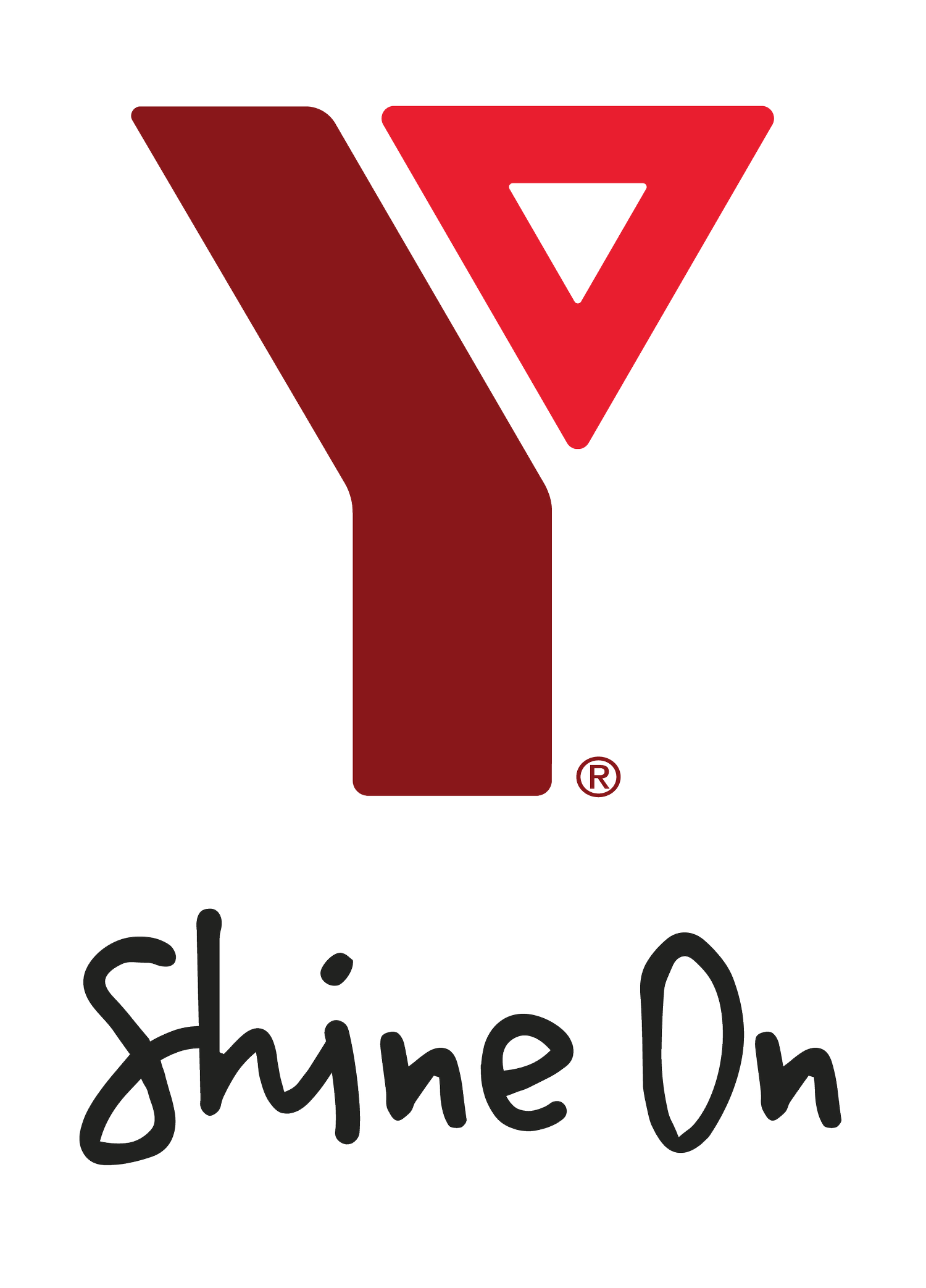Wellness While Working Q&A
Balancing our personal lives with our professional lives can be a difficult feat, and taking care of ourselves is often put on the backburner. In our Wellness While Working webinar, Bianca, Fitness Supervisor at the Bettie Allard YMCA and mother of three, took you through the importance of taking care of yourself while taking care of others with practical tips, tools and resources.
Y@HOME+ members can replay the webinar here. Read on below for answers to questions we ran out of time to answer!
What are “Wellness Days” and how have they been implemented on your team?
Wellness days are days employees can take off, no questions asked. These differ from sick days as they don’t require any rational or doctor’s note. Wellness days are meant to remove the stigma attached to taking time off for physical or mental health reasons, allowing time for preventative care when we may not be feeling our best.
I really struggle to manage my to do list, especially after taking time off because there is no one to cover my work load, so coming back after sick time or vacation can feel overwhelming. It makes it hard to want to take time off or to take sick days and not work from home. Does anyone have any tips to working through or managing these feelings?
It’s really common to feel overwhelmed when returning to work after time off, especially if there is no one covering your workload. Here are some strategies that might help ease that transition and make taking time off feel more manageable:
Prioritize and break down tasks: Start by identifying which tasks are most urgent. Breaking your to-do list into manageable steps can help you feel more in control and make each task less daunting.
Set realistic expectations: Remind yourself (and your team, if possible) that it’s ok if everything doesn’t get done immediately. Acknowledge that catching up will take time, and pace yourself to avoid burnout.
Use planning tools: A planner, calendar, or digital tool can help organize tasks based on priority and deadlines. For instance, the Eisenhower Matrix can help distinguish between urgent, important, and less critical tasks.
Communicate with your manager: If you’re feeling overloaded, share your situation with your manager. They may be able to help you delegate or rearrange deadlines.
Give yourself grace: It’s normal to need a bit of time to get back into the flow. Remind yourself that you will catch up over time. Self-compassion can help reduce stress and make it easier to stay productive.
Evaluate the system: If this happens often, consider suggesting adjustments within the team, like cross-training or temporary coverage solutions, so everyone feels supported when they need time off.
Encouraging self-compassion and setting realistic expectations can make a big difference in easing the stress that comes with catching up.
I feel like I have no energy in the day, but then I'm up all night. What could be causing that, and how can I fix it?
Ensuring you have a good sleep routine and sticking to it can help you fall asleep (and stay asleep) at night. The trick is to stick with it – even if you don’t feel tired, you should be in bed, with your eyes closed.
Other tips include not eating too late at night, and not being on your phone right before bed. It’s good to disconnect from blue light sources such as computer and phone screens, as well as the tv for an hour before heading to bed. You can try reading, or doing a bedtime stretch or yoga routine instead.
If you’re still struggling to sleep at night, you may want to consult with your doctor to ensure there are no underlying health concerns.
Bianca also has a video on sleep tips that may be helpful if you’re experiencing insomnia.
Our sleep webinar will be on November 27 at 9am PST.
What are “Stand Outs”?
Standoust are a tool that uses a strength-based approach for leaders to check-in with their teams and manage priorities. It allows team members to note any blocks to progress for the day so that their supervisor is aware, mentions what they’ve loved or loathed over the week, and provides assessments to gage employee strengths and better work together.
